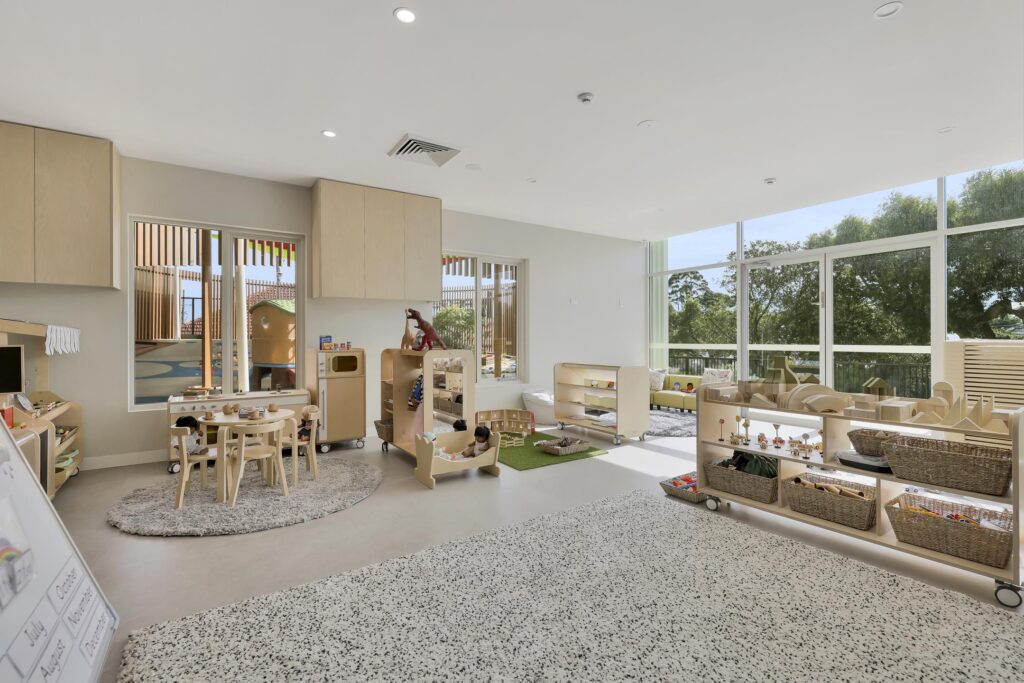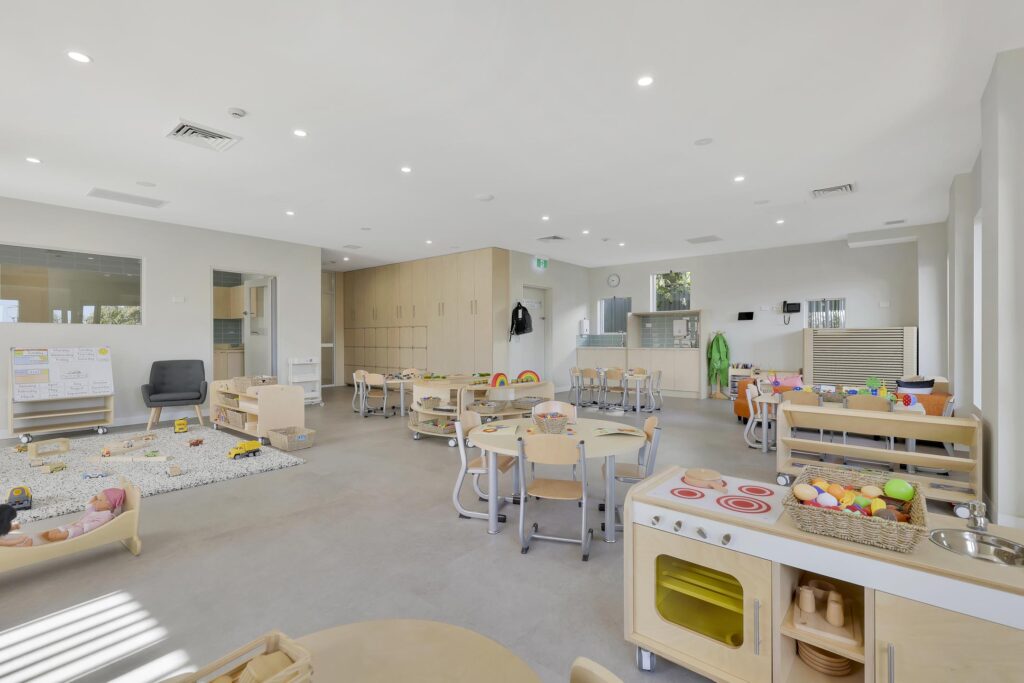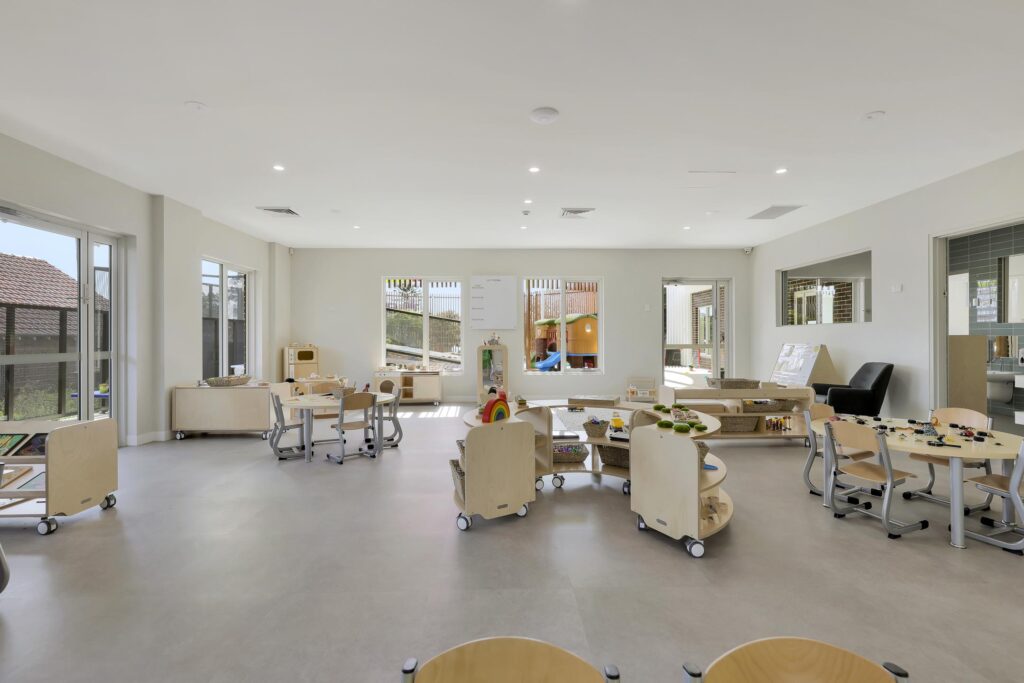The traditional classroom setup is evolving, and educators are seeking innovative ways to create dynamic and adaptable learning environments. Modular children’s furniture has emerged as a game-changer in this pursuit. With its flexible design and customizable features, modular furniture offers endless possibilities for transforming learning spaces. In this blog, we will explore the benefits and potential of modular children’s furniture in enhancing adaptability and creating engaging learning environments.
Adaptability through Customization: Modular furniture allows educators to customize learning spaces according to specific needs and activities. With adjustable desks, tables, and seating options, educators can easily rearrange the furniture to accommodate different teaching methods, group sizes, or individual workstations. This adaptability promotes flexibility and supports various learning styles and collaborative activities.
Creating Collaborative Zones: Modular furniture encourages collaboration by creating dedicated spaces for group work. Transformable tables that can be easily connected or separated allow students to form small groups or large clusters, fostering teamwork, communication, and peer-to-peer learning. These collaborative zones promote active engagement and facilitate meaningful interaction among students.
Flexible Learning Stations: Modular furniture enables the creation of versatile learning stations within the classroom. With movable partitions, shelving units, and storage solutions, educators can transform the space into multiple learning areas, each designed for specific activities. These stations can include reading nooks, art corners, STEM stations, or even relaxation areas, catering to diverse learning needs and providing a stimulating environment.

Promoting Student Agency: Modular furniture empowers students by giving them a sense of ownership over their learning spaces. With the ability to rearrange and personalize their workstations, students can take control of their learning environment, fostering a sense of responsibility and independence. This level of agency encourages active participation, self-directed learning, and a sense of pride in their educational journey.Agency: Modular furniture empowers students by giving them a sense of ownership over their learning spaces. With the ability to rearrange and personalize their workstations, students can take control of their learning environment, fostering a sense of responsibility and independence.
Supporting Active Learning: Modular furniture supports active learning approaches by accommodating different postures and movement. Standing desks, bean bags, floor cushions, or stools with swivel bases provide options for students to choose their preferred seating arrangements. This freedom of movement and choice enhances engagement, focus, and overall well-being, promoting an active and dynamic learning experience.
Ease of Maintenance and Future-Proofing: Modular furniture is designed with durability and easy maintenance in mind. Its modular nature allows for quick replacements or additions, ensuring the longevity of the furniture as learning needs evolve. This future-proofing aspect not only saves costs but also enables educators to adapt to new teaching methodologies and emerging technologies seamlessly.

Modular children’s furniture has revolutionized learning environments, offering unparalleled adaptability and customization options. By creating collaborative zones, flexible learning stations, promoting student agency, supporting active learning, and providing ease of maintenance, modular furniture transforms traditional classrooms into dynamic spaces that foster engagement, creativity, and innovation. Embracing modular furniture empowers educators to design adaptable learning environments that inspire students and promote their holistic development. Let us embrace the transformative power of modular children’s furniture and create future-ready learning spaces for the next generation.

